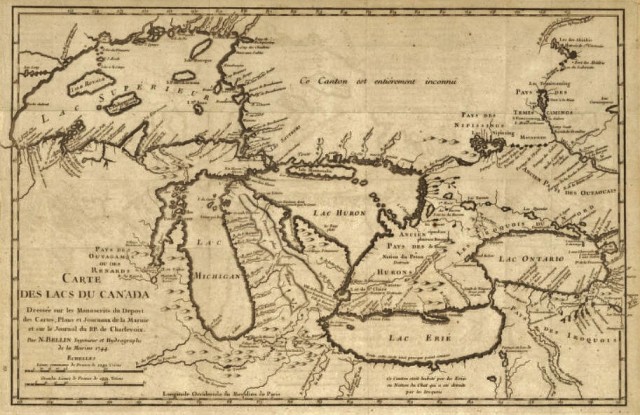
The City of Toronto had been called the Town of York prior to 1834 when it incorporated. But before that the first settlers were probably the Iroquoian-speaking Wendat people, who the Europeans called the Huron. These people settled on the north shore of Lake Ontario where they lived in longhouses. Wendat means peninsula-island dwellers this is because of the shape of the land on the north shore. They believed that the world was on an island resting on the back of a turtle.

The natives used variations of the name Toronto for different areas in the vicinity, as well as for fishing tools that they used. The French then used it again when they named Fort Toronto at the foot of the Humber River. So, when the Town of York incorporated in 1834 it changed its name to Toronto. The legislative council changed York to Toronto because it was a more unique name and because of its native roots.
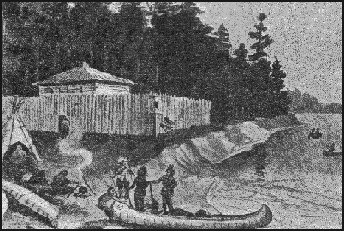
Three weeks after Toronto incorporated, William Lyon Mackenzie was elected its first mayor. William Lyon Mackenzie was born in Scotland on March 12, 1795 and came to Canada in 1820. He was a reformer and the editor of the Colonial Advocate newspaper. He was only mayor for one year.

In 1837, Mackenzie led a rebellion in Upper Canada. The one and only battle took place at Montgomery’s Tavern. Although the battle ultimately lasted only a half an hour, and they lost, because of the rebellion the British Government realized the problems in Canada and made changes.
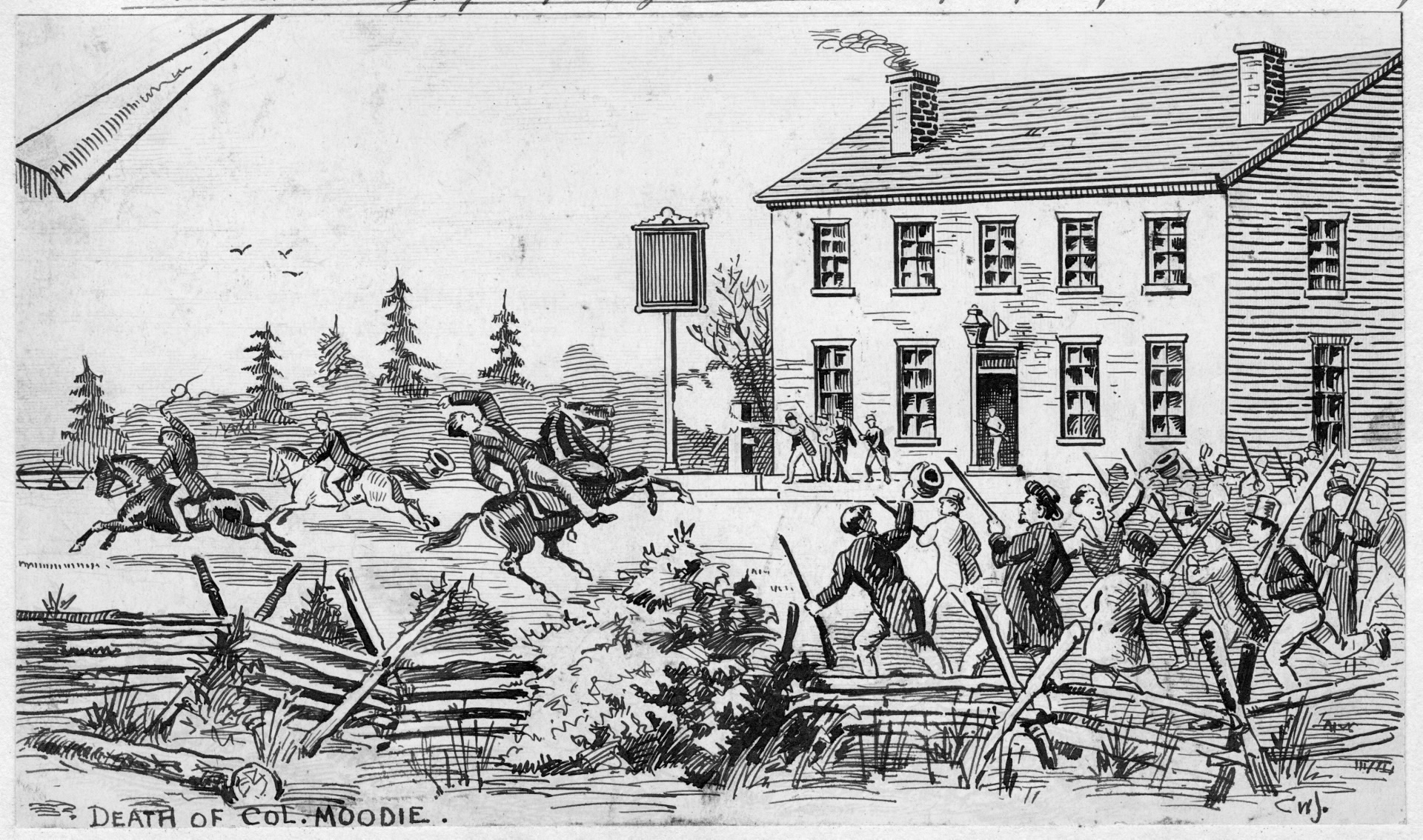
Remaining from the old Town of York, the oldest building in Toronto is John Scadding’s cabin, which was built in 1794. It was located near the Don Valley but was later relocated, as a historical landmark to the Canadian National Exhibition grounds in 1879 by the York Pioneers Historical Society.
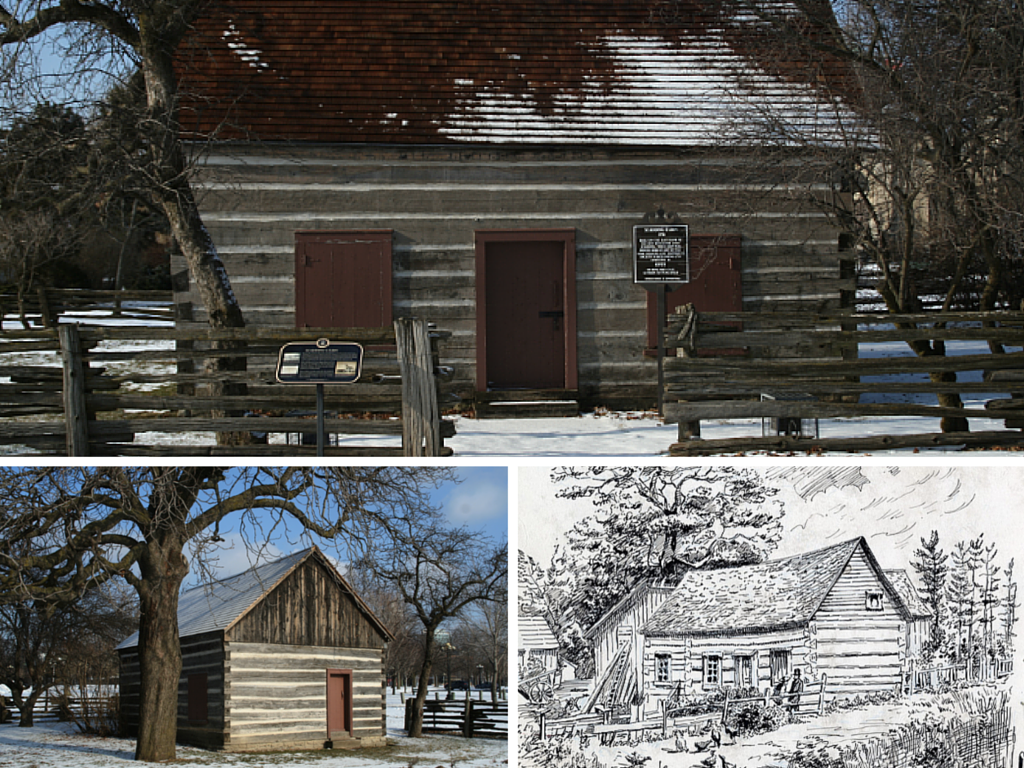
In 1834, the population of the City of Toronto was only 9,254. The boundaries of the city were between Lake Ontario on the South, Parliament street on the East , Bathurst street on the West, and 365 metres North of Lot street (now known as Queen street). The city was only 3.6 square kilometres. Today the population is a whopping 2.6 million people and the city covers 630 square kilometres.
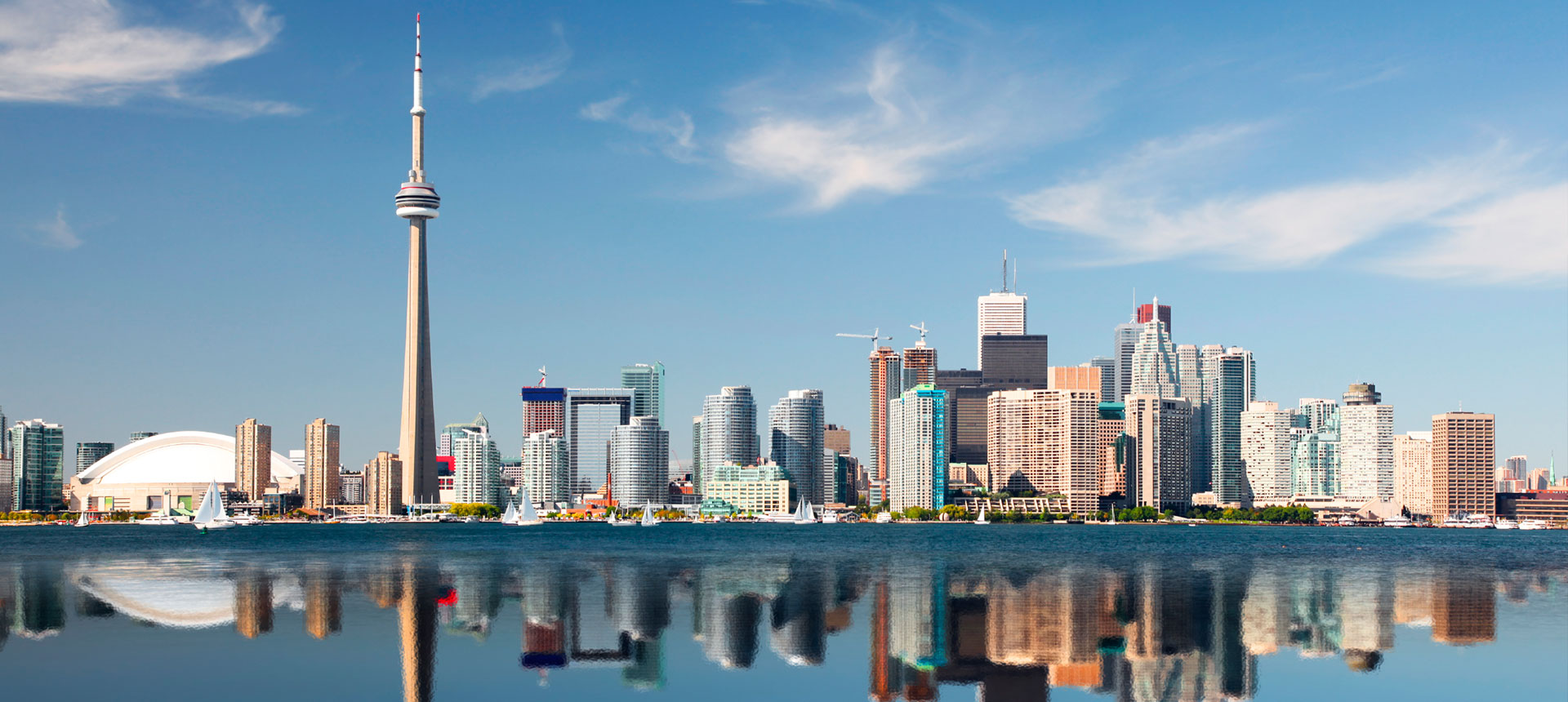
by Kate Gendron (age 10)
Givin’s-Shaw Public School
Ms. Stockton’s Grade 4 Class Project
2017
Great history of Toronto!